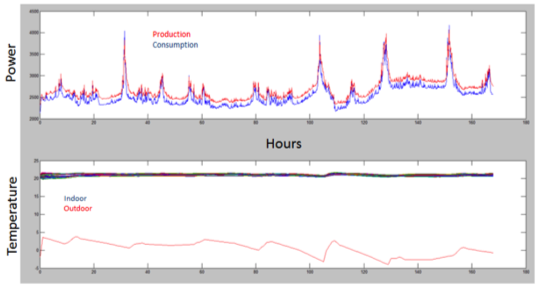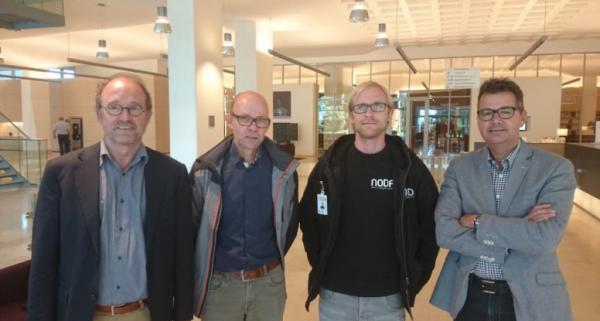The STORM project has been kicked off 6 months ago. Therefore it is time for a recap on what has been achieved so far. Up to now, the preparatory work for defining the features of the controller as well as the development of the algorithms for the STORM controller have started.
Definition of the features of the controller
As one of the first tasks, a classification of DHC-networks in operation was made by STORM project partner Mijnwater. The aim was to gather characteristics of these networks in relation to the development of the STORM controller. Besides a desk study on the current DHC market, on-site interviews with representatives of DHC companies in some representative countries were done. Find more details on the current status of DHC market here.
What is more, technical audits have been performed in the two demonstration sites. The objective was to get an insight on the available measurement equipment and the current control system. Also, possible communication protocols were studied, in order to ensure compatibility between the current control system and the STORM controller.
Building on the representative business models for DHC networks as commonly being used by network operators in the EU that have been identified, decision parameters for the controller were established. These parameters are needed to deal with sometimes contradictory objectives: on the one hand the optimizing process of the controller must serve these operators in the fulfilment of their day-to-day business, on the other hand the controller should meet maximal energy savings.
Simulation based controller and model development
Moreover, the algorithms for the STORM controller have started to be developed, which will later be implemented in a hard- and software platform.
A simulation environment for the two demonstration sites is being created. This simulation environment is needed to test and to optimize the developed algorithms before transferring the algorithms to the actual STORM software. To date, the simulation model for the Rottne network is finished.

Energy consumption monitoring
In addition to that, first steps have been made in the development of the optimisation algorithms. Research was performed on the prediction of the (uncontrolled) consumption of the buildings using machine learning algorithms. Then, an optimizer was developed which determines to what extend this consumption can be manipulated to a given objective, e.g. peak shaving. Finally, a tracking algorithm was implemented to actually adapt the uncontrolled consumption to the optimized consumption.
Hence, the STORM project is well under way and sometimes even ahead of its planning. Stay tuned for more news and results!

